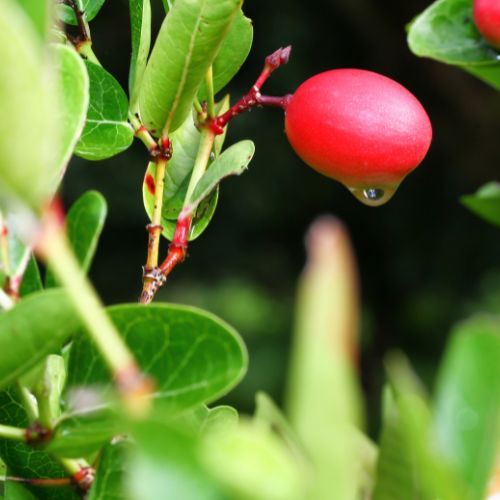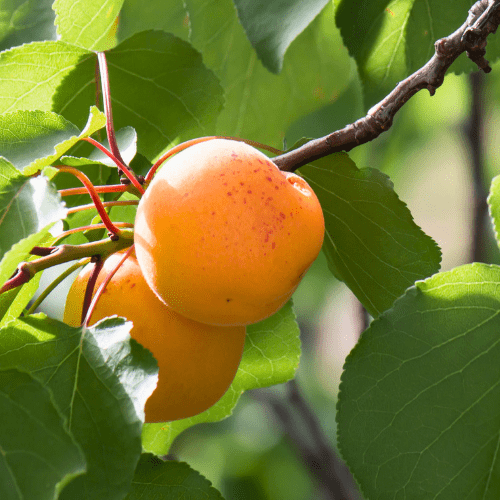Position:
Miracle berry plants prefer partial shade to filtered sunlight. Avoid planting them in areas with intense, direct sunlight for extended periods.
Morning sunlight is generally beneficial, but protection from the harsh afternoon sun is essential.
Plant in a location sheltered from strong winds, as wind can lead to excessive moisture loss and may damage the delicate leaves.
Soil:
Plant miracle berries in well-draining, acidic soil. A pH range between 4.5 and 5.8 is ideal. Use a high-quality potting mix if growing in containers. Adding our Lithuanian Spaghnum Peat Moss will ensure the correct soil acidity.
Mulch with pine bark to maintain the acidity.
Watering:
Keep the soil consistently moist but not waterlogged. Miracle berries prefer slightly damp conditions.
Adjust the watering frequency based on the climate and the soil’s moisture retention.
Fertilising:
Use a balanced, water-soluble fertiliser during the growing season (spring and summer) to support healthy growth. Our slow-release berry fertiliser is ideal as the plant will absorb what it requires.
Pruning:
Regular pruning can help shape the plant and encourage bushier growth. Remove any dead or diseased branches.
Prune selectively to maintain an open canopy, allowing sunlight to reach inner branches.
Container Growing:
Choose a pot with good drainage holes if you would like to grow your miracle berry plant in a container. Please read about our root stimulating pots before purchasing any other container.
Pests and Diseases:
Keep an eye out for pests like aphids or spider mites. Treat infestations promptly with EM Control or Neem Oil.
Ensure good air circulation to minimize the risk of fungal diseases.
Harvesting:
Miracle berries start producing fruit within 2-3 years of planting.
Harvest the berries when they are fully ripe, usually when they turn bright red.
Winter Care:
In regions with cold winters, provide protection from frost. Consider moving container-grown plants indoors during the coldest months.
By providing the right growing conditions and care, you can enjoy the fascinating experience of cultivating miracle berry plants and savouring the delightful taste transformations they offer.












